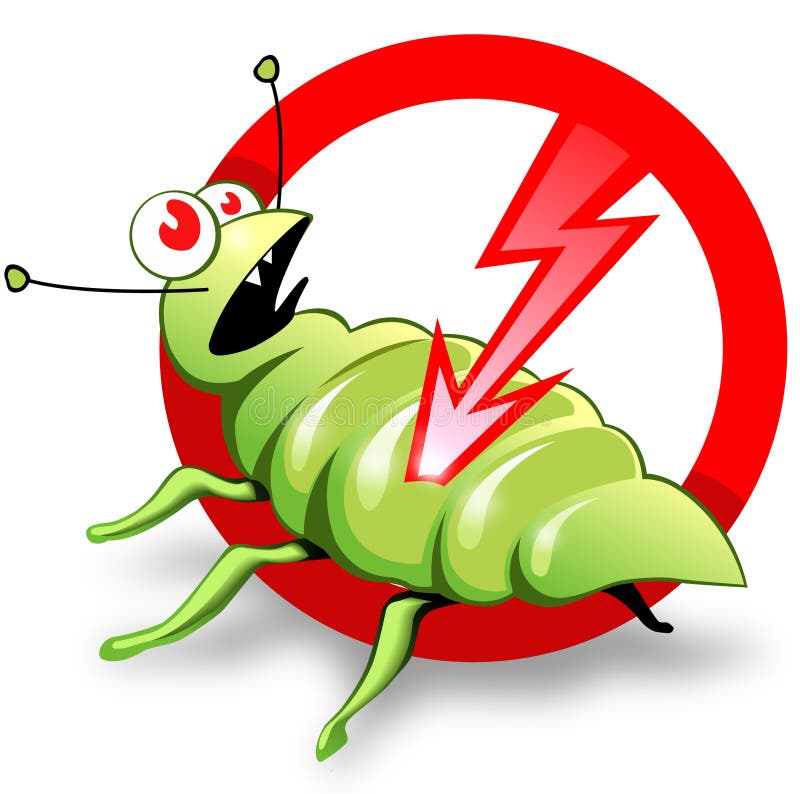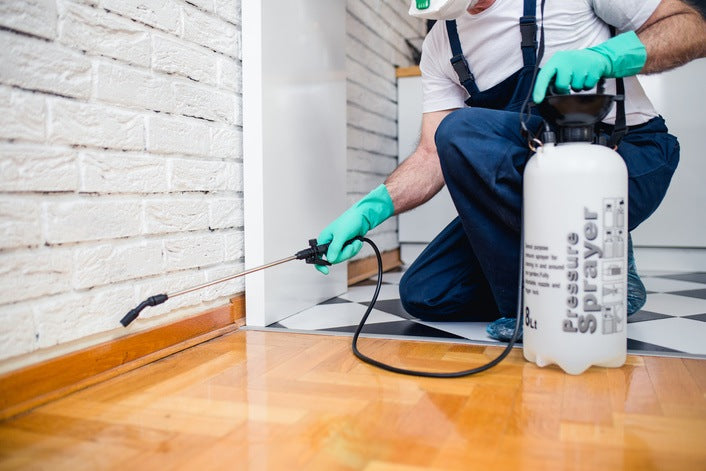Exploring Infestation and Therapy Techniques worldwide of Parasite Control
The landscape of bug control includes a myriad of difficulties, particularly as infestations of typical home bugs continue to evolve. By incorporating precautionary measures with sophisticated monitoring techniques, such as Integrated Parasite Administration (IPM), home owners can much better guard their environments.

Usual Household Pests
When it involves handling our living rooms, recognizing usual family pests is vital. These insects not just disrupt our convenience however can additionally present health risks and damage residential or commercial property. The most common house parasites include ants, roaches, rats, termites, and bed pests.
Ants, frequently seen foraging in kitchen areas, can pollute food and establish big swarms. Cockroaches, understood for their strength, can cause allergies and spread microorganisms. Rodents, consisting of computer mice and rats, can trigger architectural damage and bring illness like hantavirus and salmonella. Termites, commonly described as "silent destroyers," can endanger the honesty of wooden structures, causing expensive repairs. Bed pests, although not condition carriers, can trigger considerable discomfort with their bites and cause mental distress.
Recognizing the indicators of these parasites, such as droppings, nests, or bite marks, is crucial for very early intervention (Pest Control Lockhart). Correct sanitation methods, securing entry points, and keeping a clutter-free setting work preventative actions. By recognizing these usual house parasites and understanding their behaviors, home owners can take proactive steps to mitigate infestations, guaranteeing a much healthier living atmosphere
Comprehending Bug Infestations
Pest problems can intensify quickly, transforming a minor annoyance right into a significant issue if not dealt with without delay. Common elements adding to infestations consist of inadequate sanitation, architectural vulnerabilities, and seasonal changes that drive parasites inside.
Determining the sort of bug is vital, as various types show varied habits and reproductive prices. As an example, rats might establish nests in concealed areas while bugs like roaches thrive in moist settings. Early detection usually depends upon acknowledging indicators such as droppings, nibble marks, or unusual noises, which can show a problem prior to it becomes extreme.
Ecological conditions also play a crucial function in parasite spreading. Cozy, humid climates can help with the fast growth of bug populaces, while modifications in landscape design or construction can inadvertently create conducive environments. For that reason, routine evaluations and preventative steps are critical to alleviating the danger of invasions. An informed method to understanding these dynamics prepares for reliable bug administration strategies in the future.
Treatment Approaches and Methods
Effective treatment approaches and methods are important for minimizing insect problems and bring back a secure atmosphere. A multifaceted technique is frequently best, including chemical, biological, and mechanical approaches tailored to the certain pest and the seriousness of the problem.
Chemical therapies consist of the use of pesticides and herbicides, which can efficiently eliminate pests. Nonetheless, proper application and adherence to security standards are important to minimize dangers to human beings and non-target organisms. Integrated Parasite Management (IPM) encourages the sensible use chemicals as a last resource, relying instead on tracking and limit degrees to determine intervention needs.
Organic control approaches entail presenting all-natural killers or parasites to decrease insect populations. This approach is significantly preferred, especially in farming settings, as it promotes ecological sustainability.
Mechanical approaches, such as traps and barriers, provide prompt remedy for pests without introducing chemicals. Choices include sticky traps for insects or physical obstacles for learn this here now rodents.
Eventually, the option of treatment method should consider the specific pest, the setting, and possible effect on human health and wellness and communities. A well balanced combination of these methods can effectively take care of invasions while promoting lasting bug control remedies.
Precautionary Measures for Homes
Proactively dealing with bug issues prior to they rise is important for maintaining a healthy and balanced home setting (Pest Check Out Your URL Control Lockhart). Executing effective preventive procedures can dramatically reduce the possibility of infestations, inevitably securing both your home and health

Correct landscape design likewise plays an essential function in prevention. Keeping hedges and trees trimmed away from your house minimizes the opportunities of pests discovering their means inside. Guarantee that drainage systems are functioning efficiently to protect against standing water, which can draw in mosquitoes and other pests.
Last but not least, routine inspections are a good idea. Consistently looking for indications of bug activity permits early intervention. By adopting these precautionary actions, property owners can develop an environment that is less hospitable to insects, thereby boosting their total high quality of life and lowering the requirement for extensive parasite control treatments.
Business Insect Control Methods
A comprehensive strategy to industrial parasite control is essential for organizations aiming to maintain a safe and hygienic environment. Reliable strategies entail a combination of normal assessments, worker training, and the application of Integrated Bug Administration (IPM) techniques.
Regular assessments enable early discovery of bug task, enabling timely intervention. Organizations need to develop a routine timetable for these assessments, concentrating on risky areas such as kitchens, storage space spaces, and garbage disposal sites. Worker training is just as essential; personnel needs to be informed on the signs of pest infestations and the importance of reporting them instantly.
Executing IPM methods helps reduce parasite concerns sustainably. This includes habitat alteration, such as sealing entrance factors and decreasing clutter, along with using natural deterrents prior to considering chemical treatments.

Furthermore, working together with an accredited parasite control company ensures access to specialist expertise and sophisticated therapy alternatives. This collaboration can lead to customized bug control prepares tailored to the specific demands of business, decreasing over at this website risks and enhancing total effectiveness. Eventually, a proactive and enlightened method fosters a pest-free atmosphere, safeguarding both public wellness and company reputation.
Verdict
In verdict, reliable pest control necessitates an extensive understanding of typical family parasites and their actions, coupled with targeted treatment techniques. Carrying out precautionary actions along with therapy approaches such as Integrated Parasite Management and organic control enhances the capacity to mitigate infestations.